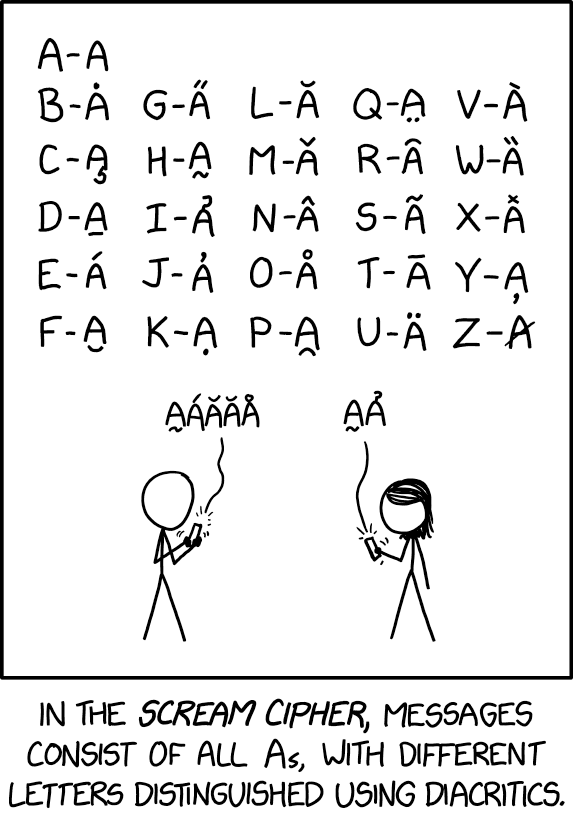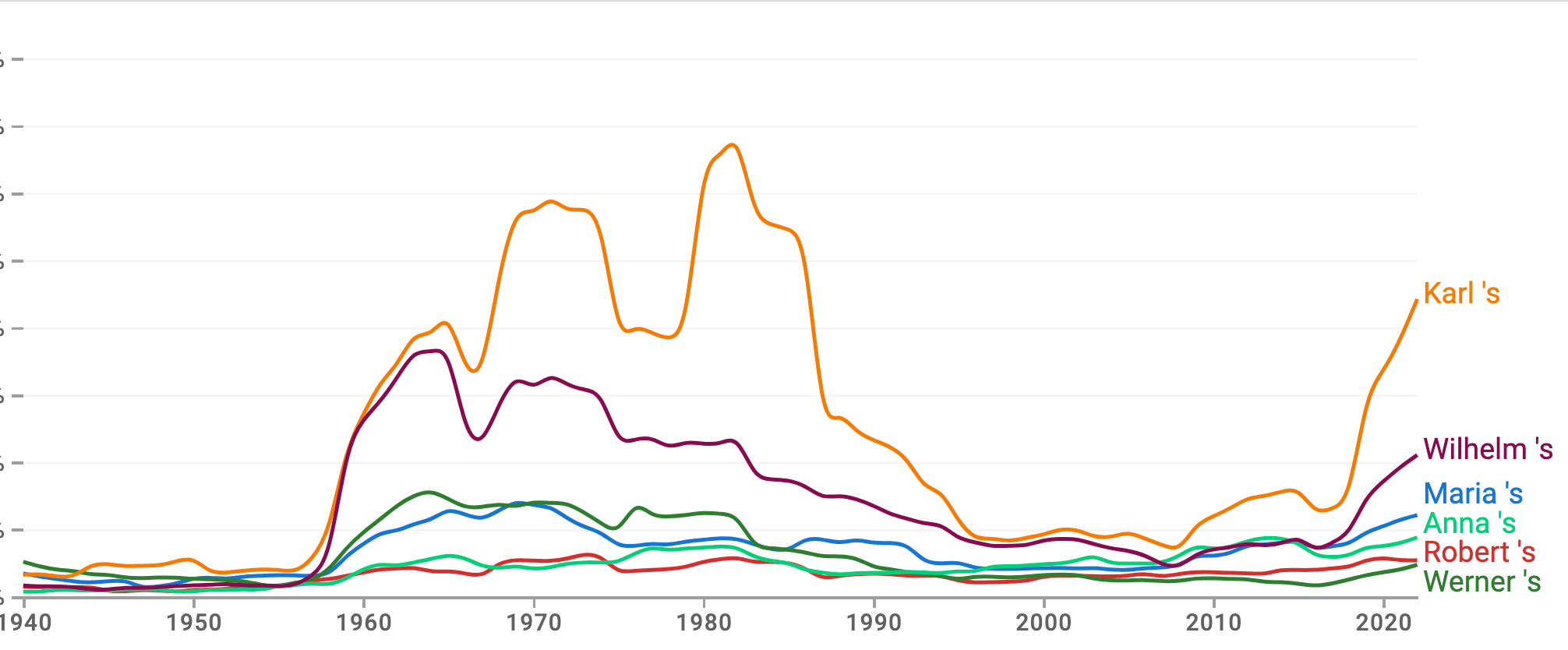Babbel's April 2025 Semicolon Survey looked at students' reactions to the obvious secular decline in semicolon frequency:
The semicolon once stood as a symbol of thoughtful, elegant writing, a punctuation mark beloved by literary greats like Jane Austen and Virginia Woolf. But today, the humble semicolon faces an uncertain future.
New analysis from Babbel uncovers a stark decline: semicolon usage in British English books has fallen by nearly 50% in the past two decades. In fact, historical data shows this decline stretches back centuries. In 1781, British literature featured a semicolon roughly every 90 words; by 2000, it had fallen to one every 205 words. Today, there’s just one semicolon for every 390 words.
And it’s not just in books. New survey data from Babbel reveals over half (54%) of UK students didn’t know when to replace a comma with a semicolon.
Babbel partnered with the London Student Network, a community of 500,000 students, to ask about their attitudes toward the semicolon and whether they actually knew how to use it. The quiz, co-written by Babbel’s linguistic experts and grammarian Lisa McLendon, tested students on real-world semicolon usage.
-
- Based upon responses to the interactive quiz, 28% of young Britons don’t use the semicolon at all. 39% of students claim to rarely use semicolons; just 11% of respondents described themselves as frequent users of the semicolon.
- Over half (54%) of young Britons don’t know the rules around semicolon usage (4 of the 5 most poorly-answered questions required respondents to identify when to replace a comma with a semicolon). UK students scored 49% on average on the semicolon quiz.
- Although many don’t understand or use it, the Babbel survey revealed that 67% of young Britons still believe the semicolon has value.
Read the rest of this entry »



